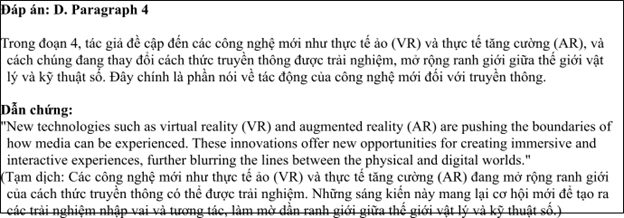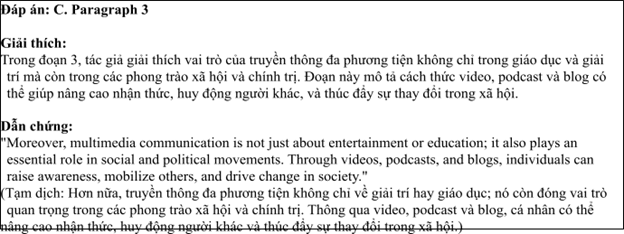The field of multimedia communication has seen incredible growth in recent years, changing the way people interact with information. With the advancement of technology, media now includes more than just text, radio, and television. Multimedia communication involves the use of a combination of different content forms, such as text, audio, video, and interactive elements, to convey messages to audiences in engaging and effective ways. Today, people access multimedia content on various devices, including smartphones, tablets, and computers, making it easier than ever to stay connected.
One of the most significant drivers of this change is the rise of the internet and digital platforms. Social media, streaming services, and websites are at the forefront of delivering multimedia content, allowing individuals to consume and create information in a variety of formats. Video-sharing platforms like YouTube and social media sites such as Instagram and TikTok have made it possible for everyone to share content with a global audience. As a result, businesses, educators, and governments are increasingly using multimedia to connect with their audiences, whether through marketing campaigns, online courses, or public service announcements.
Moreover, multimedia communication is not just about entertainment or education; it also plays an essential role in social and political movements. Through videos, podcasts, and blogs, individuals can raise awareness, mobilize others, and drive change in society. In fact, the power of multimedia communication has helped shape public opinions on critical issues like climate change, human rights, and social justice.
As the demand for multimedia content continues to rise, the field of communication is also evolving. New technologies such as virtual reality (VR) and augmented reality (AR) are pushing the boundaries of how media can be experienced. These innovations offer new opportunities for creating immersive and interactive experiences, further blurring the lines between the physical and digital worlds.
(Adapted from theguardian.com/uk/media)
Câu 23. Which of the following is NOT mentioned as an example of multimedia content?
A. Audio B. Video C. Text D. Print
Câu 24. The word "drivers" in paragraph 2 is closest in meaning to
A. causes B. obstacles C. benefits D. risks
Câu 25. The word "platforms" in paragraph 2 refers to
A. tools or websites used to deliver multimedia content B. physical locations for broadcasting
C. ways of interacting with customers D. methods of sharing audio content
Câu 26. The word "mobilize" in paragraph 3 could be best replaced by
A. motivate B. organize C. entertain D. control
Câu 27. Which of the following best paraphrases the underlined sentence in paragraph 2: "Video-sharing platforms like YouTube and social media sites such as Instagram and TikTok have made it possible for everyone to share content with a global audience"?
A. YouTube and social media sites allow people to share content locally.
B. Platforms like YouTube and Instagram have enabled global sharing of content.
C. Everyone can create content thanks to the limitations of platforms like YouTube.
D. Social media has made it more difficult for people to share content with others.
Câu 28. Which of the following is TRUE according to the passage?
A. Only educational organizations use multimedia content to connect with their audiences.
B. The growth of multimedia communication is mostly due to the development of virtual reality.
C. Social media has contributed to the increased accessibility of multimedia communication.
D. Multimedia communication is limited to text, video, and audio formats.
Câu 29. In which paragraph does the writer discuss the impact of new technology on communication?
A. Paragraph 1 B. Paragraph 2 C. Paragraph 3 D. Paragraph 4
Câu 30. In which paragraph does the writer explain the role of multimedia communication in social and political movements?
A. Paragraph 1 B. Paragraph 2 C. Paragraph 3 D. Paragraph 4
Second Semester Midterm Exam GRADE 12 Test 18







